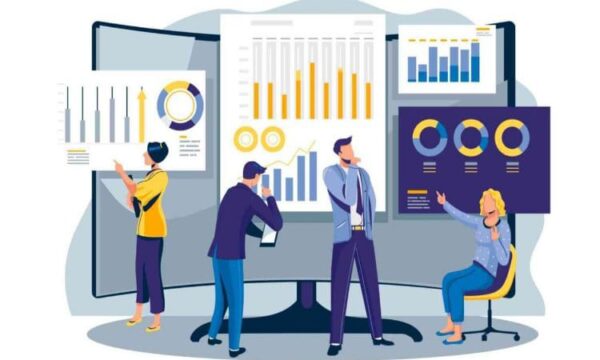
Managing the frontline workforce has changed drastically over the years. Traditional management methods like manual scheduling and paper-based reporting were once considered the norm. But industries are now more complex, and safety regulations are now tighter. So, businesses are now shifting towards a more modern approach, like the connected worker solution.
Traditional Workforce Management
For years, companies have relied on traditional methods like working on spreadsheets, phone calls, and in-person meetings to coordinate with their frontline workers. While this approach works when the operation is relatively smaller and less complex, it faces a lot of challenges in today’s evolving and growing business landscape. Some issues are:
- Slow Communication: Workers rely on their supervisors to relay information, which leads to a lot of delays.
- Very Paper Heavy: The reporting of incidents, completing checklists, and logging of hours can be very time-consuming, which can lead to a lot of errors and delays.
- Limited Visibility: Managers have very little information about what is happening on the floor.
- Scalability Issues: As operations grow bigger, the traditional systems find it challenging to keep up.
While traditional workforce systems are more familiar and cost-effective, they struggle to deliver the agility that the industry demands today.
What is a Connected Worker Solution?
A connected worker solution is a digital platform that brings together frontline workers, equipment, and processes all at once. Instead of handling paper logs and disconnected systems, workers can access instructions, communicate with other workers and share updates directly. It’s not only about digitizing tasks, it’s about creating an intelligent ecosystem where every worker is connected, informed and empowered to make their own better decisions.
Key Benefits of a Connected Worker Solution.
1) Real Time Visibility:
- Managers can identify issues instantly, they can watch over operations in real time—something traditional systems can’t provide.
2) Enhanced Communication:
- Workers can communicate with other workers across shifts using chat or video tools, which ensures reduced downtime and errors.
3) Data Driver Insights:
- These platforms generate actionable insights, which are then used by leaders to predict trends, catch future issues that may arise and come up with solutions for them.
4) Improved Safety:
- Digital checklists, automated alerts and real-time reporting all help reduce accidents.
5) Scalability and Flexibility:
- A connected worker solution grows with your business, be it adding new branches or expanding globally, the platform adapts to what you need it to be.
Connected Worker Solutions vs Traditional Workforce Management
| Aspect | Traditional Workforce Management | Connected Worker Solution |
| Communication | Delayed, manual relay | Instant, real-time tools |
| Data Handling | Paper-based, error-prone | Digital, automated, accurate |
| Visibility | Limited insight into operations | Full real-time visibility |
| Safety Management | Reactive incident reporting | Proactive monitoring and alerts |
| Scalability | Hard to expand efficiently | Easily scalable across sites |
The debate really isn’t about old vs new; instead, it’s about efficiency vs durability. Traditional workforce management may just about move things along, but the advantages you get by inculcating a connected worker solution are hard to ignore, especially when you choose trusted partners like Innovapptive. They bridge the gap between people, their processes and their data; these platforms are the future of work.